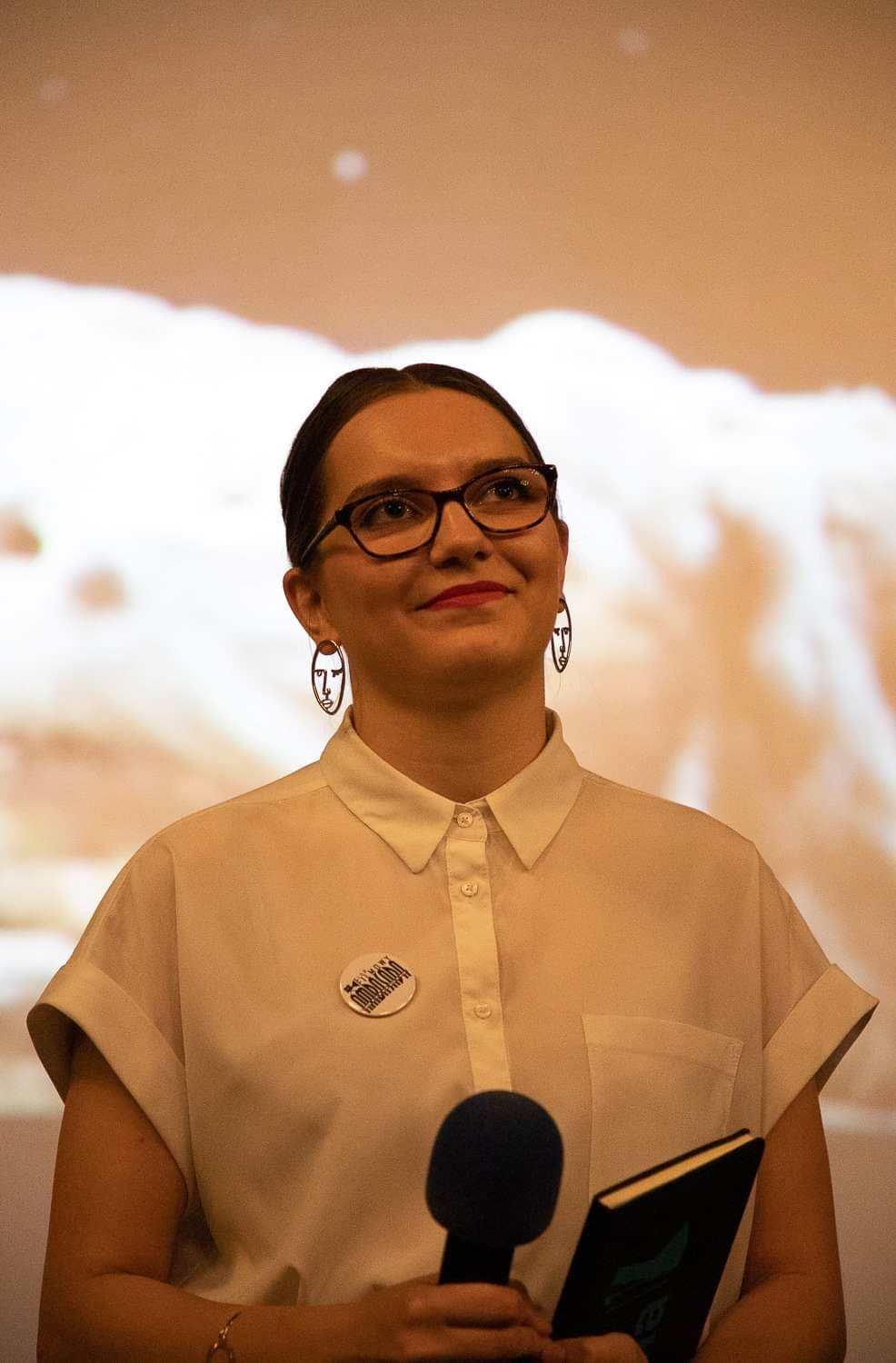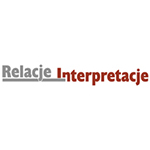A visual tale of two borders, both defined by rivers – an existing one, with a full-scale war raging beyond, and a phantom border following the course of the abolished political delineation between the partitioning powers of Poland. The artist juxtaposes the two places in his photographic and performative essay.
The Tripoint is a story of the absurdity of borders. The exhibition juxtaposes photographs and video materials (documenting performative actions) created in two locations: in the so-called Three Emperors' Corner, i.e. the tripoint of the borders of the Kingdom of Prussia, the Austrian Empire and the Russian Empire that was in force between 1846 and 1915 (currently the border of the cities of Mysłowice, Jaworzno and Sosnowiec), and also at the current meeting point of the borders of Poland, Ukraine and Belarus. Both of these tripoints lie at the confluence of rivers, forming natural boundaries between areas of land.
This historical place where the borders of the three partitioning powers of Poland converge can be perceived as a symbolic representation of the founding myth of contemporary nationality-martyrdom narratives – a construct of collective identity based on the memory of partition and the experience of historical trauma. In this context, the tripoint could be considered as a place encased in meanings and symbols. Meanwhile, the main memorial resembles more the atmosphere of a park from Michelangelo Antonioni’s Blowup than that of a real memorial – it seems to be a space detached from reality, in which even the barriers for securing bicycles seem a strange, almost surreal structure.
The artist asks himself while visiting this place whether it is by any chance the centre of the world, maintaining its order as it were – after all, someone has strung a cord connecting the edges of three lands, three historical countries, as if to make sure that they do not diverge and move away from each other. In the end, the tripoint itself, in its material realisation in the form of a monument, resembles more a strange mathematical and cosmic figure... as detached from reality as all the borders drawn on a map, absurdly separating people, trees, meadows.
An equally strange space is the tripoint of the current borders of Poland (a democratic country, belonging to the privileged Global North and the cultural area of the ‘West’, a member of NATO and the European Union), Belarus (an authoritarian-totalitarian country, with ‘people's power’, full of propaganda, censorship and mental constructs that are abstract to us), and Ukraine (which has been a war zone throughout its territory for more than two years, accused of Nazism in a way that is hard to believe, shedding the blood of its inhabitants for the idea of a sovereign, independent state). When approaching this place every time, it is necessary to report it first to the Border Guard, who warn that it is not even allowed to take photos of the other bank of the river - our activity must be limited to half of the Bug riverbed. This leads us to reflect on the absurdity of the construct that is the border: according to the rules, it is a ‘vertical surface’, something that does not exist in nature. The sad thing is that reflection on the absurdity of this construct is something that we Poles, for whom the war is fought ‘elsewhere’, can afford. For Ukrainians and Belarusians, the border is very material, experienced with their own bodies, and 20 metres of the river can determine whether the world is full of pain and death. On the same river, which for them is like the Styx, we arrange kayaking trips.
There is something peculiar about the fact that few people remember the Three Emperors' Corner today. However hard it is to imagine now: the same will one day be true of the Polish-Ukrainian-Belarusian tripoint.
The exhibition consists of photographs and four video recordings of performative actions: “Attempting to illegally cross a non-existent border”, “Semiotic notes from a non-existent border”, “Reporting a stay in the border strip”, and “Liminal canoeing”.
The presented artworks constitute a doctoral dissertation carried out at the Jan Długosz University in Częstochowa. Supervisors: Jakub Jakubowski, PhD, Professor at UJD and Wojciech Sternak, PhD.
 Jakub Dziewit, photo: Katarzyna Zięba
Jakub Dziewit, photo: Katarzyna Zięba
Jakub Dziewit – Visual artist, cultural expert, curator and publisher of photographic publications. President of the unContemporary Foundation, lecturer at the Faculty of Arts of Jan Długosz University. Author of the photobooks This is not another Martin Parr Exhibition and Desires of Meaning; over a dozen exhibitions shown in Poland and abroad (including the Film Foundry, the Museum of Photography in Krakow, OBOK ZPAF Gallery, Katowice ZPAF Gallery, Rzeszów City Gallery of Photography, Garden City Gallery and others), as well as photographic performances and two academic monographs on the history of visual culture. The artwork he creates is sometimes deliberately over-intellectualised, and at other times, by contrast, painfully affective. He has photographed themes of corporeality, everyday life, the legacy of modernism, and also cognitive mechanisms and ways of constructing meaning in images.
 Jessica Kufa, photo: Karolina Lebek
Jessica Kufa, photo: Karolina Lebek
Jessica Kufa – Cultural critic, researcher, works at Galeria Bielska BWA. Author of a scientific dissertation and articles on environmental humanities and technology studies. Co-founder of the Space of Opening Association, where she conducts co-creative research and processes at the intersection of art, animation and anthropology.
Galeria Bielska BWA, Sixt’s Villa (basement), ul. Adama Mickiewicza 24
Jakub Dziewit – Tripoint. “A Photographic and Performative Essay”
16 April – 15 June 2025
curated by Jessica Kufa
The opening: Wednesday, 16 April 2025, at 6 pm (Sixt’s Villa, basement)
Accompanying events
Tour of the exhibition with Jakub Dziewit
Saturday, 26 April 2025, at noon, free admission





_original.jpg)